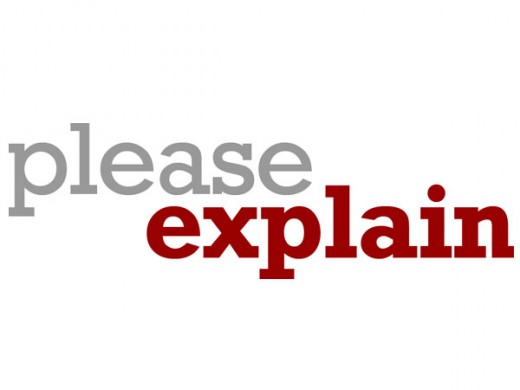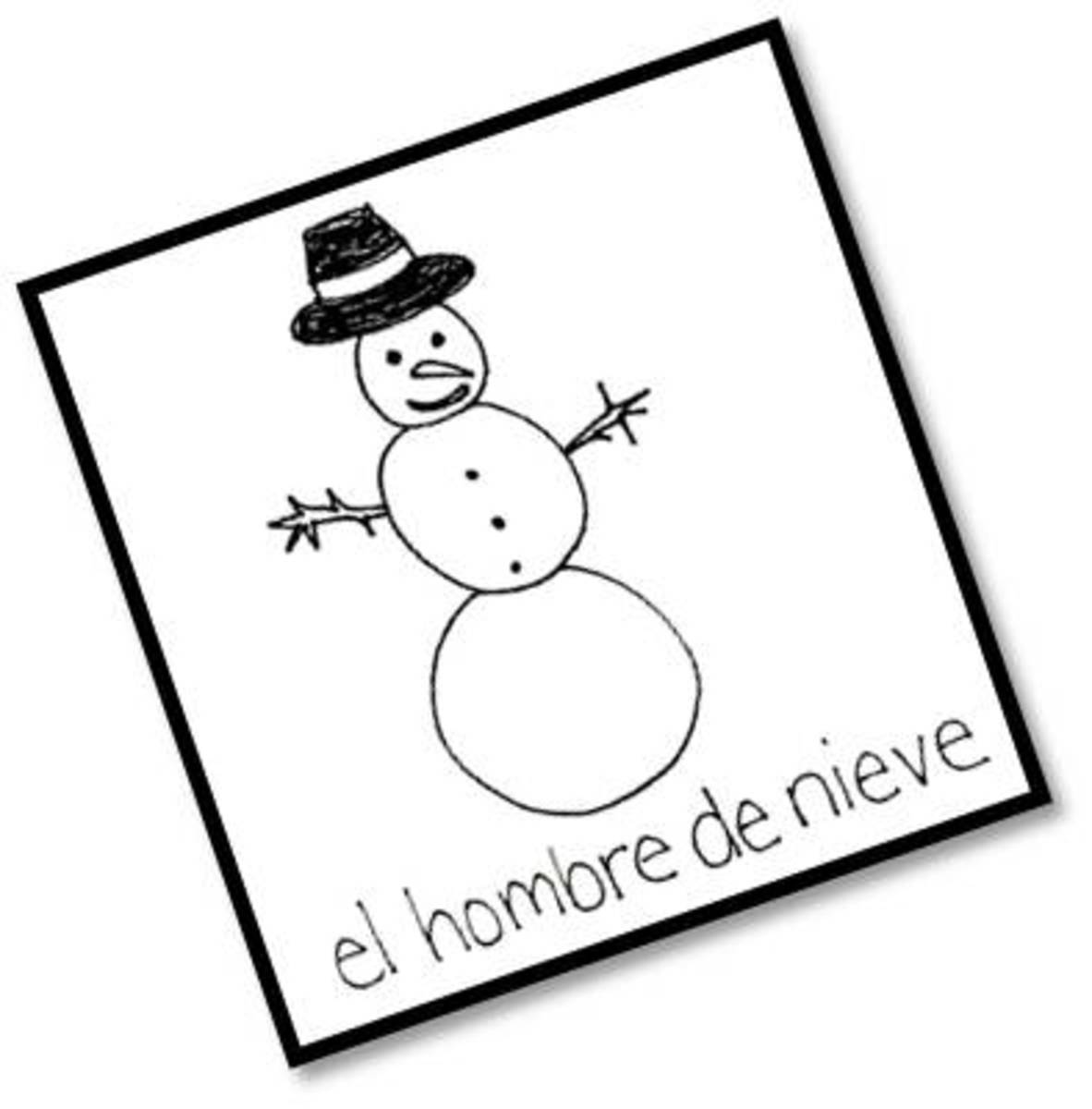Spanish Lesson Four: Sentence Structure and Rhetoric

Before You Read
Hey guys! It's that time of the week again. I'm really excited that we're expanding our knowledge of Spanish. If you've been reading, you'll find that you're learning a lot of information "A Little At A Time." If you haven't read any of the lessons prior to this one, take a look at the other three lessons on the link provided below.
Last week we discussed getting to know someone using the Spanish language. We were able to ask questions like "where are you from?", "what is your favorite color?", "What is your name?", and others. Take a look at that lesson to review if you've forgotten.
Previous lessons here: Lessons 1-3

Today's Vocabulary
Now that we've ridden up the smaller of the hills, we're going to extend our knowledge even further!! From now on we shall have vocabulary at the beginning of each lesson to expand your basic knowledge. The next three lessons, including this one will include introductions to the parts of speech pertinent to forming a coherent sentence. Today we will be discussing the adjectives and how they are structured in this lesson. Learn these words and try to use them in your daily life.
6. Delgado/Delgada- Skinny
7. Hablador/ Habladora- Talkative
8. Rubio/Rubia- Blond
9. Inolvidable- Unforgettable
10. Perezoso/ Perezosa- Lazy
1. Hermoso/Hermosa- Beautiful
2. Chistoso/Chistosa- Funny
3. Divertido/Divertida- Fun
4. Contento/Contenta- Content or Happy
5. Interesante- Interesting

Warm Up
Today's Warm-Up is to ask yourself some questions mentioned in the previous lesson and see how well you can answer them. Ask a friend to help maybe? Practice makes perfect!!
Part of Speech: Adjectives
The first part of speech to be mentioned is Adjectives, The Spanish adjectives are quite different from ours. As you can see most adjectives can be said two different ways. This is because most adjectives act as masculine or feminine. This means that the adjectives are spelled two different ways depending on whether you are discussing a male or female. Now there are some words in English that have gender. Ever wonder why the word "Blond" is spelled two different ways? "Blond" is considered masculine while "Blonde" is considered feminine. This example is a perfect example.
Rules:
1. Adjectives that end in -e are neutral.
2. Adjectives that end in -o are always masculine.
3. Adjectives that end in -a are always feminine.
Describing A Person
Adjectives are describing words just as they are in English. When you want to discuss someone or call them a particular thing, you need an adjective. Now you must always remember to match the adjective to who you are talking about. If the subject is male, he is masculine. If the subject is female, she is considered feminine. So when describing a person stick to the proper gender in order for perfect specification. Below here are some words, conjugated from the verb ser which means "to be" in Spanish. Conjugations are explained more in further lessons. To make a statement about someone, take a look at this table.
Subject
| Ser Conjugation
| Meaning
|
|---|---|---|
I
| Yo Soy
| I Am
|
You
| Tú Eres
| You Are
|
He/She/It/You (Formal)*
| Él/Ella/Usted
| He/She/You (Formal) Is
|
They /They (Formal)*
| Ellos/Ellas/Ustedes
| They* Are
|
We
| Nosotros Somos
| We Are
|

Explanation
Okay. So the chart is kinda complicated and too small to enter the information I want to portray. Here is your more detailed explanation of the conjugations of ser which is the infinitive verb meaning "to be"
I Am- Yo Soy: Yo is the pronoun meaning "I" and Soy is the conjugation of Ser that pertains to the subject of "I"
You Are- Tú Eres: Tú is the pronoun meaning "you" and Eres is the conjugation of Ser that pertains the subject of "You"
He/She/ You (Formal) is: Él is the pronoun meaning "he". Note the accent on the e. Ella is the pronoun meaning "she" and Usted is the pronoun pertain to "you" as when addressing someone you would normally speak to in a formal tone. This would be a parent or professor. Someone you respect. The conjugated form of Ser pertaining to these subjects is Es which is ironically similar to the English "is".
We Are- Nosotros Somos: Nosotros is the pronoun meaning "we". Somos is the conjugated form of Ser that pertains to "we" as the subject.
They (Masculine)/ They (Feminine)/ They (Formal) Are- Ellos/Ellas/Ustedes Son: Ellos refers to "they" in the masculine sense. Ellos is also used when discussing a group of people who are mixed gender (masculine and feminine subjects). Ellas refers to a group of feminine subjects. Ustedes is the formal "they" pertaining to those you hold in higher esteem. When conducting a meeting a business partners, use Ustedes.
Creating Your Sentence
Alright, so when creating your sentences, take in to mind several different key things.
1. Singular subject or plural subject?: This is important because when describing a group your adjective must also become plural. If the group is interesting. You can't say "Nosotros somos interesante". This is wrong because interesante meaning "interesting" is still singular. To change this to plural, you must add an -s to the end of the adjective. Nosotros somos interesantes. If your adjective does not end in -a, -o, or -e, add an -es instead.
2. Masculine or feminine?: Keep in mind that the pronoun and the adjectives must match. You cannot say Ella es chistoso. She is funny, but chistoso meaning "funny" is not changed to the feminine. Change that -o to an -a to make it feminine. The words are masculine on the left and feminine on the right for ease.
3. Formal or informal?: When talking to someone important remember to use usted for the formal "you" and ustedes for the formal "they". Make sure your gender is proper as well. When discussing a group of women make sure you say. Ustedes son divertidas- You all (feminine) are fun.

Homework
Make up some sentences and see if you can get it right. I will make my own prior to Lesson Five. You can then see how you're supposed to structure your sentences when describing yourself, another person, or a group of people. I can't wait to read your feedback as well as write the next lesson!! Have a great weekend and see you next time! :)








